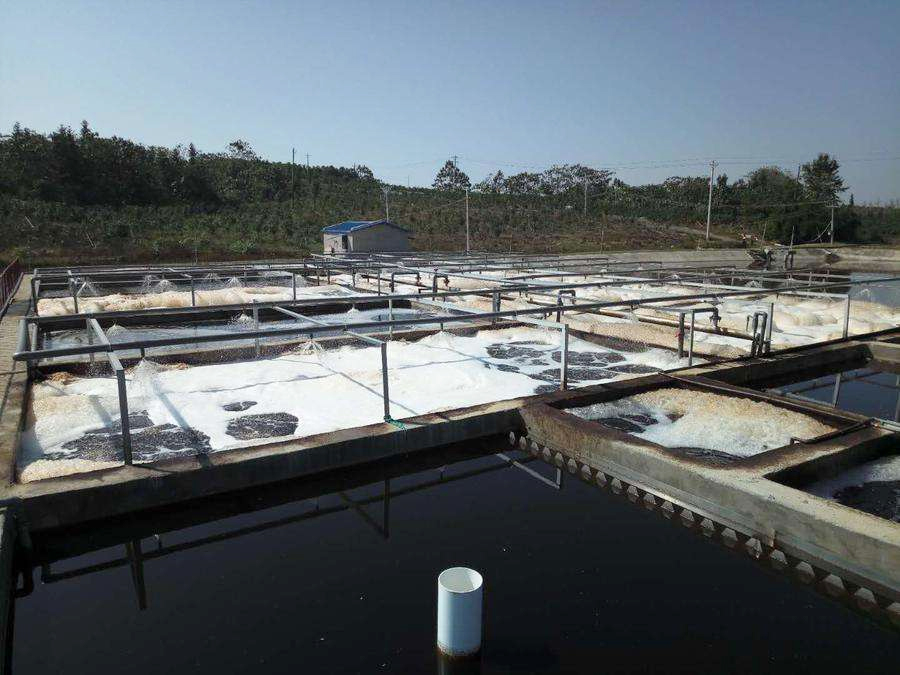

Solid-liquid separation is the crucial first step in livestock farm wastewater treatment. With high solids and organic content in wastewater (up to 160,000 mg/L), effective separation reduces the pollutant load and prevents equipment damage. By using agents like polyacrylamide (PAM) and polymeric aluminum chloride (PAC), large solids are removed, improving subsequent treatment processes.
Importance of Solid-Liquid Separation:
Reduces organic and solid content in wastewater.
Prevents blockages in treatment equipment.
Enhances anaerobic digestion efficiency by reducing organic load.
Technologies commonly used include filtration, centrifugation, sedimentation, and flocculation, with equipment such as screen-type filters, horizontal centrifuges, and rotary conical sieves.
Anaerobic digestion is a vital method for treating high organic content, nitrogen (N), and phosphorus (P) in livestock wastewater. This process eliminates harmful bacteria and significantly reduces the chemical oxygen demand (COD), achieving an impressive 85%-90% COD removal rate.
Key Benefits of Anaerobic Digestion:
Low operating costs compared to aerobic treatments.
Effective organic matter removal and biogas production.
Helps in reducing the size of reactors and treatment time.
Common anaerobic systems include UASB (Upflow Anaerobic Sludge Bed), anaerobic filters, and two-stage digestion.
While anaerobic systems require higher initial investment, they are highly cost-effective for long-term operation and are used in over 2,000 biogas projects in China.
Aerobic treatment utilizes microorganisms to degrade organic pollutants in wastewater. There are two types of aerobic treatment: natural (oxidation ponds, wetlands) and artificial (activated sludge, biofilters, biological contact oxidation).
Benefits of Aerobic Treatment:
Natural Treatment: Cost-effective, low power consumption, ideal for smaller farms.
Artificial Treatment: Suitable for large farms with high wastewater volume. Methods like SBR (Sequential Batch Reactors) and A/O (Anaerobic/Aerobic) offer deep treatment and high automation.
For large-scale farms, A/O treatment provides high treatment efficiency, while smaller farms can benefit from simpler methods like contact oxidation.
Polyacrylamide (PAM) flocculants enhance the solid-liquid separation process by efficiently agglomerating suspended solids, improving the efficiency of filtration, and reducing the need for chemicals. PAM is particularly useful in anaerobic and aerobic systems to achieve better solid removal and higher water quality.
Advantages of PAM in Livestock Wastewater:
Rapid formation of large flocs for efficient separation.
Reduces chemical dosage and operating costs.
Increases dewatering efficiency for sludge removal.
Conclusion:Effective wastewater treatment in livestock farming is crucial for both environmental protection and resource recovery. By incorporating solid-liquid separation, anaerobic digestion, and aerobic treatment, along with PAM and other agents, farms can efficiently manage their wastewater and reduce operational costs.